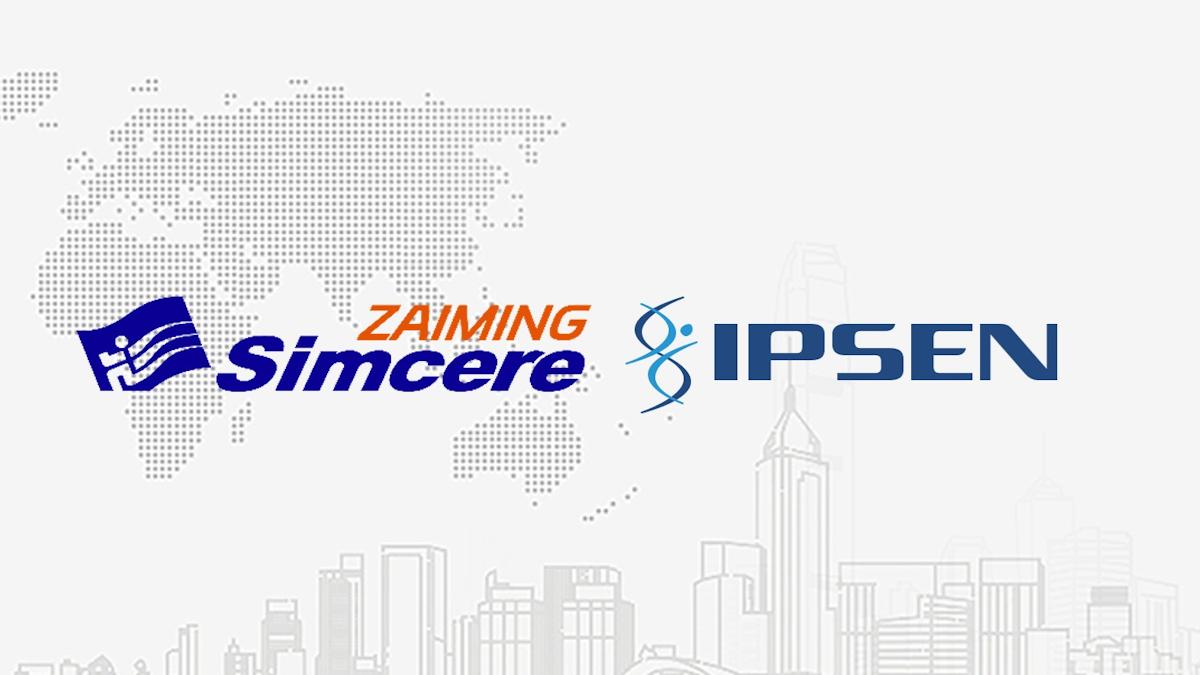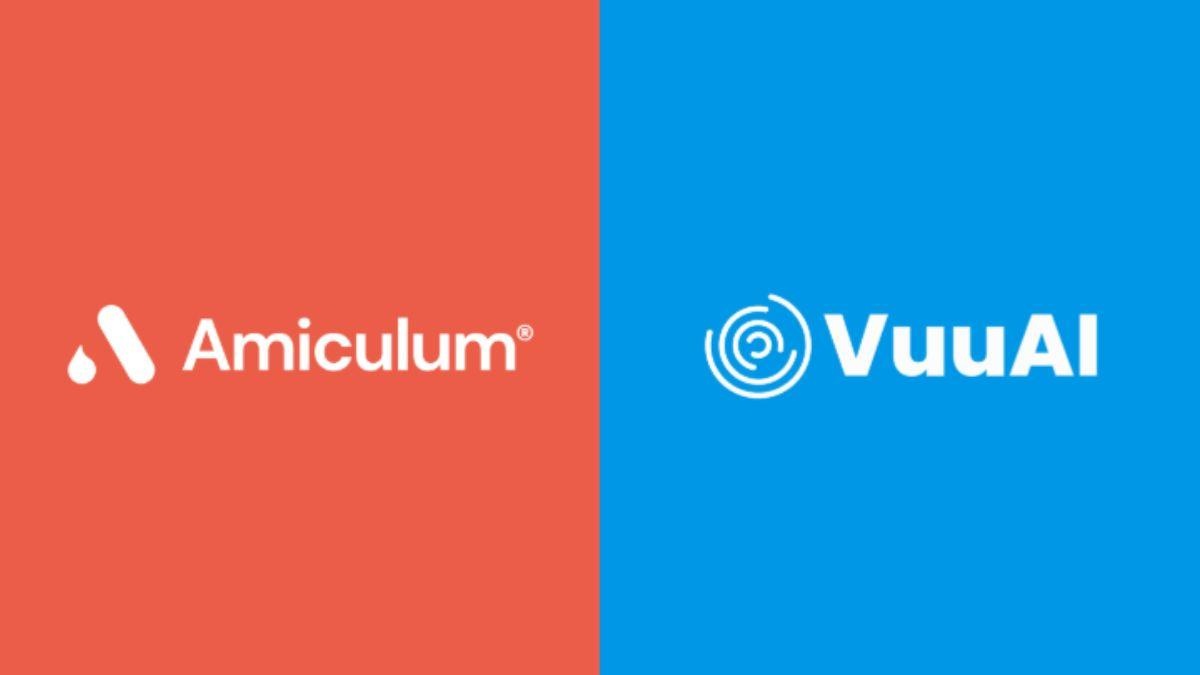How Japan is pioneering the future of oncology clinical trials through DCT

Recent progress in oncological pharmacotherapy has resulted in more complex treatment options and adverse event management, widening gaps in care quality between specialised centres and local hospitals.
Although comprehensive genomic profiling (CGP) expands access to clinical trials, insufficient information-sharing continues to limit access to appropriate trials – particularly in rare cancers or low-frequency genetic mutations (rare fractions), where geographical barriers further limit opportunities.
Clinical trials are often conducted at a limited number of hospitals, forcing remote patients to bear high travel burdens and frequently withdraw from trials. Additionally, decentralized trial information makes it difficult for potential participants to locate suitable studies. Decentralised clinical trials (DCTs) offer promising solutions, leveraging eConsent and telemedicine to reduce patient burdens. As DCTs evolves globally, Japan must adopt these models to its unique healthcare infrastructure while collaborating internationally to strengthen its competitiveness in new drug development.
Challenges in Japan’s oncology clinical trial environment
Data shows that only around 40% of CGP-tested patients receive actionable treatment options, and a mere 9.4% actually transition to that therapy.1 Trials targeting rare genetic mutations face even more hurdles in recruiting patients at sufficient sites.
Distance also affects participation rates. Research from the National Cancer Center Hospital indicates that, when travel exceeds 120 minutes one-way, patient enrolment in precision oncology drops significantly.2
Internationally, there is growing interest in addressing regional disparities and broadening patient diversity in trials. Likewise, in Japanese oncology and genomic medicine, it is imperative to visualise these regional gaps and build evidence to support the promotion of DCTs. Identifying optimal use cases and clarifying the needs of stakeholders – hospitals, sponsors, and patients – is also critical.
A 2024 physician survey by the Japanese Society of Telemedicine’s oncology subcommittee showed that, although few had experience with remote clinical trials, over 80% believed they could feasibly conduct online trial explanations.3 A patient survey likewise found that about half want the option to continue regular tests at local clinics while consulting with oncology specialists online, underscoring the desire for convenient, collaborative care.4
Japan’s regulatory and governmental moves on DCT
Historically, Japan has lagged behind the FDA and EMA in developing DCT guidelines. However, government-led efforts are speeding up. The Fourth Basic Plan to Promote Cancer Control Programs, approved in 2023, emphasises equitable cancer care and highlights DCTs as a key tool.5 Meanwhile, the Fifth 10-Year Cancer Research Strategy explicitly endorses digital transformation (DX) and the concept of home-based trial participation.6
In March 2023, authorities issued guidelines for electronic informed consent,7 followed by guidance in September 2024 on using remotely collected data for safety and efficacy evaluations.8 Discussions are underway to require core clinical research hospitals to be DCT-capable by 2025. These measures are gradually establishing the legal framework needed to accelerate DCT adoption in Japan.9
Examples of DCT implementation in Japanese oncology
DCT approaches in Japan typically involve partnerships among multiple satellite hospitals. Three main models aim to boost trial efficiency and reduce patient burden. Crucially, DCTs should be a strategic tool, not the end goal.
(1) Physician-led fully-remote model
Academic centres lead fully remote trials that minimise physical visits. This is especially advantageous for rare or low-frequency diseases, as patients are often spread out nationwide. One trial seeking 14 participants over 30 months registered 43% remotely, meeting its enrolment goal in just 22 months – demonstrating DCTs’ capacity to accelerate recruitment.10
(2) Sponsor-led hybrid model
Hybrid DCTs blend telemedicine with in-person visits to maintain data integrity while easing patient travel. A central hospital may coordinate the trial, supported by satellite sites. Although online consultations reduce long-distance trips, concerns persist among patients with complex conditions, who may need face-to-face evaluations. In addition, older patients often find digital tools like eConsent challenging. Simplified interfaces and hands-on support can alleviate these hurdles.
(3) Sponsor-led remote pre-screening model
Remote pre-screening is an efficient approach for sponsor-led DCTs, especially in rare-fraction oncology. Patients complete online consent, ship samples, and undergo preliminary evaluations from home to enhance patient recruitment in clinical trials. This model lowers the barrier to participation and accelerates enrolment. In Japan, some sponsors are integrating remote pre-screening with regional healthcare networks to broaden patient access further.
Streamlining hospital workloads and building a DCT ecosystem
While sponsors and patients gain clear benefits from DCTs, hospitals often shoulder additional responsibilities. Some have refused to implement electronic consent due to workflow complications, leading to wasted investments. To scale DCTs effectively, sponsors and sites must both see advantages. A key decision is whether to adopt a site-owned or sponsor-deployed system. Hospitals typically prefer uniform platforms to reduce staff training and operational complexity, whereas sponsors worry about data consistency and reliability across multiple systems.
A potential solution involves creating a “DCT ecosystem”, in which multiple certified vendors meet standardised criteria for interoperability and compliance. This allows hospitals to choose suitable systems for their existing infrastructure while sponsors gain confidence in the integrity of data. Especially in oncology DCTs, operational details can be complex, involving multiple clinics and, in some cases, home-based care. Leveraging automation, AI, and well-designed incentives can ease the burden on participating facilities. By capitalising on Japan’s strength in operational excellence, stakeholders can establish best-practice DCT models with global impact.
Charting the course: Decentralised oncology trials and beyond
Japan’s oncology clinical trial environment is undergoing a major transformation, propelled by DCTs. In the conventional centralised model, patients bore a significant travel burden, but new approaches – incorporating remote screening and online consultations – are ushering in a more patient-centric trial process. This shift promises broader recruitment access and faster drug development.
For DCTs to thrive, hospitals, pharmaceutical companies, government bodies, and system vendors must collaborate on regulatory frameworks, minimising hospital workload, standardising digital platforms, and creating a sustainable ecosystem. Not only do DCTs have the potential to reduce regional disparities, but they also allow a more diverse patient population to participate, thereby strengthening the overall evidence base.
As DCTs expand, they are evolving away from the traditional model of separate screening and study sites, heading towards closer partnerships with local hospitals and telemedicine networks. This transition from a closed to an open ecosystem allows more patients to engage in trials, transforming the clinical research culture.
DCTs in Japan are more than just a technological adoption; they are an opportunity to reshape clinical research practices fundamentally. By integrating digital innovation with Japan’s operational strengths, the country can formulate a “Japan-origin DCT model” that resonates globally. Ultimately, such progress can close geographic gaps and deliver a true patient-first approach, advancing the future of oncology trials in Japan.
References
- The probability of patients who have undergone CGP (Comprehensive Genomic Profiling) accessing drugs or treatments matching their genetic abnormalities remains at about 9.4%. Based on 30,822 cases reviewed by the Expert Panel from June 2019 to June 2022. Accessed from:
https://for-patients.c-cat.ncc.go.jp/registration_status/ - Uehara Y, Koyama T, Katsuya Y, et al. Travel Time and Distance and Participation in Precision Oncology Trials at the National Cancer Center Hospital. JAMA Netw Open. 2023;6(9):e2333188. Accessed Sep 15, 2023:
https://jamanetwork.com/journals/jamanetworkopen/fullarticle/2809607 - The 21st Annual Meeting of the Japanese Society of Medical Oncology, General Presentation: “Awareness Survey on Telemedicine in the Field of Medical Oncology for Cancer Patients and Healthcare Professionals – Report on Responses from Healthcare Professionals.” Accessed Feb 24, 2024.
- The 27th Annual Meeting of the Japanese Society of Telemedicine, General Presentation O-3-3: “Patient Education.” Accessed Nov 11, 2023.
- The 4th Overview of the Basic Plan to Promote Cancer Control Programs. Accessed Apr 28, 2023:
https://www.mhlw.go.jp/content/10901000/001091843.pdf - The 5th 10-Year Cancer Research Strategy. Accessed Oct 26, 2023:
https://www.mhlw.go.jp/stf/newpage_231115_00001.html - Japan MHLW “Guidelines on Considerations for the Use of Electronic Methods in Informed Consent for Clinical Trials and Post-Marketing Clinical Studies.” Accessed May 10, 2023:
https://www.pmda.go.jp/files/000251967.pdf - Japan MHLW “Guidelines on Considerations for the Evaluation of Efficacy and Safety Using Electronically Collected Data via Information and Communication Technology in Clinical Trials and Post-Marketing Clinical Studies.” Accessed Sep 20, 2024:
https://www.pmda.go.jp/files/000270881.pdf - Review of Approval Requirements for Core Clinical Research Hospitals, 37th Meeting of the Clinical Research Subcommittee, Health Science Council. Accessed Oct 22, 2024:
https://www.mhlw.go.jp/content/10808000/001318061.pdf - Mix Online: “Aichi Cancer Center Increases Rare Cancer Patient Enrollment Speed by 40% with Online Clinical Trials, Keen on Implementing Injectable Drug Trials.” Accessed Oct 8, 2024:
https://www.mixonline.jp/tabid55.html?artid=77251
About the author

Takuma Matsunaga has over 10 years of experience in the healthcare and clinical research industry. Actively involved in advancing Decentralised Clinical Trials (DCT) in Japan, he spearheads business growth and digital transformation at MICIN, Inc. He is also a founding member of the Tele-Oncology Committee at the Japanese Telemedicine Society, where he contributes to the establishment of remote clinical trial models. A frequent speaker at academic conferences and industry events, he shares insights on DCT implementation, regulatory challenges, and best practices. His vision is to elevate Japan’s DCT ecosystem to global standards by integrating international innovations into the healthcare landscape.












